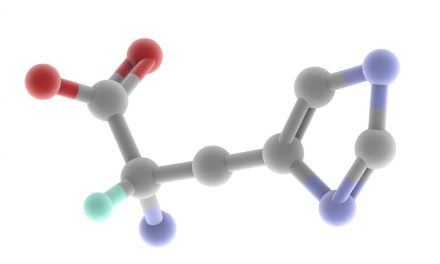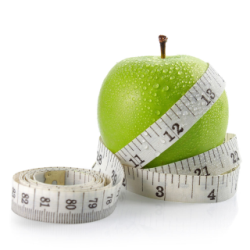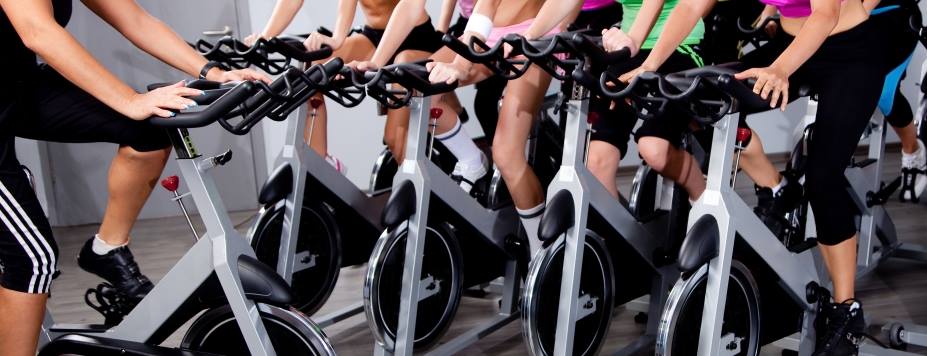*Article Content taken from www.nhs.uk for informational purposes.
Read also “Physical activity guidelines for older adults – Part 1“
Physical activity guidelines for older adults – Part 2
Moderate-intensity activity will raise your heart rate and make you breathe faster and feel warmer. One way to tell if you’re exercising at a moderate intensity is if you can still talk but you can’t sing the words to a song.
Daily chores such as shopping, cooking or housework don’t count towards your 150 minutes because the effort isn’t hard enough to raise your heart rate, but they are important nonetheless as they break up periods of inactivity.
What counts as vigorous-intensity aerobic activity?
Examples of activities that require vigorous effort for most people include:
- jogging or running
- aerobics
- swimming fast
- riding a bike fast or on hills
- playing singles tennis
- playing football
- hiking uphill
- energetic dancing
- martial arts
Vigorous-intensity aerobic activity means you’re breathing hard and fast, and your heart rate has gone up quite a bit. If you’re working at this level, you won’t be able to say more than a few words without pausing for a breath.
In general, 75 minutes of vigorous-intensity activity can give similar health benefits to 150 minutes of moderate-intensity activity.

What counts as muscle-strengthening activity?
Muscle-strengthening exercises are counted in repetitions and sets. A repetition is one complete movement of an activity, like lifting a weight or doing a sit-up. A set is a group of repetitions.
For each activity, try to do 8 to 12 repetitions in each set. Try to do at least 1 set of each muscle-strengthening activity. You’ll get even more benefits if you do 2 or 3 sets.
To gain health benefits from muscle-strengthening activities, you should do them to the point where you find it hard to complete another repetition.
There are many ways you can strengthen your muscles, whether at home or in the gym. Examples of muscle-strengthening activities include:
- carrying or moving heavy loads such as groceries
- activities that involve stepping and jumping such as dancing
- heavy gardening, such as digging or shovelling
- exercises that use your body weight for resistance, such as push-ups or sit-ups
- yoga
- lifting weights
You can do activities that strengthen your muscles on the same day or on different days as your aerobic activity, whatever’s best for you.
However, muscle-strengthening activities don’t count towards your aerobic activity total, so you’ll need to do them in addition to your aerobic activity.
Some vigorous-intensity aerobic activities may provide 75 minutes of aerobic activity and sufficient muscle-strengthening activity. Examples include circuit training and sports such as aerobic dancing or running.












